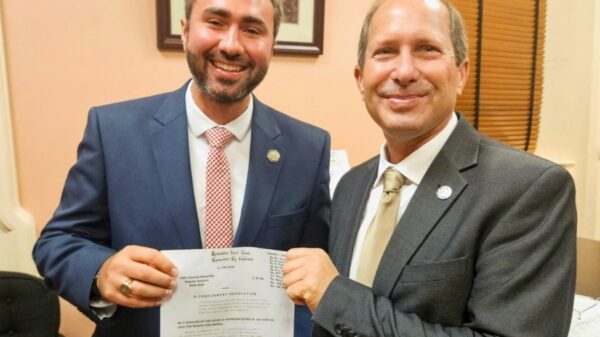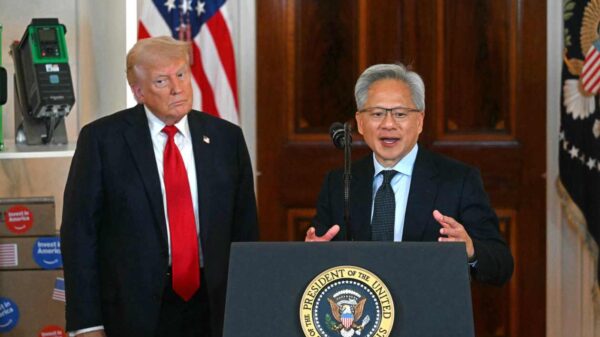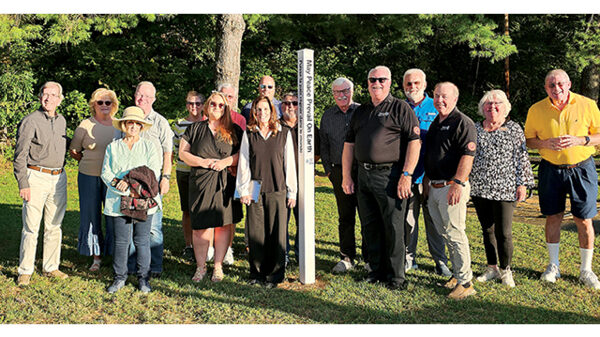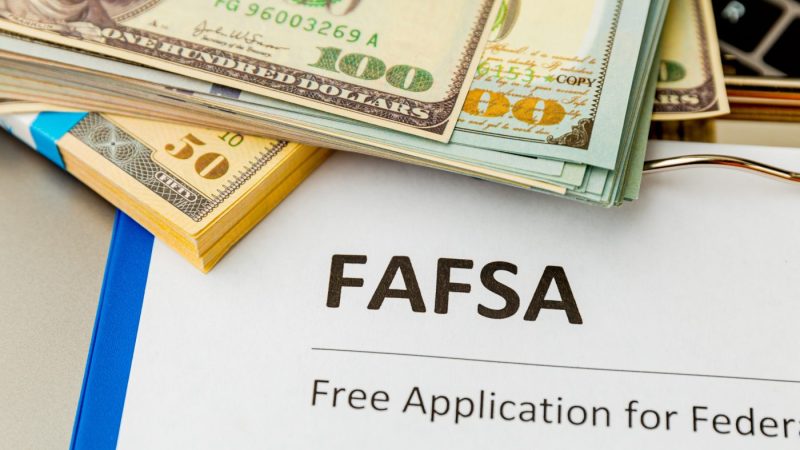Oklahoma has experienced a significant increase in the completion rates of the Free Application for Federal Student Aid (FAFSA), according to new data from the National College Attainment Network. The state achieved a remarkable 49.4% rise in FAFSA completions over the past year, elevating its national ranking from the bottom tier to 29th overall. This achievement has garnered praise from state lawmakers, who attribute the increase to recent legislative efforts aimed at encouraging FAFSA participation among high school seniors.
In 2023, Senators and Representatives, including Sen. Dave Rader from Tulsa and Rep. Anthony Moore from Clinton, championed the passage of legislation requiring high school seniors to complete the FAFSA as a graduation prerequisite. “These numbers speak for themselves and prove that Oklahoma’s FAFSA graduation requirement is already delivering results,” stated Senator Rader.
Higher education plays a crucial role in enhancing economic opportunities and ensuring that students have access to the resources necessary for success. Rader emphasized that increased FAFSA completions lead to greater affordability for college, ultimately setting students on a path toward a brighter future.
Legislative Impact on Education Funding
The data highlights Oklahoma’s position as a leader in FAFSA completions, showcasing the largest increase among all states. Both Rader and Moore were instrumental in drafting Senate Bill 93, which mandates that high school seniors fulfill FAFSA completion to graduate. Chancellor Sean Burrage noted the importance of this initiative, stating, “Completing the FAFSA opens the door for students to access numerous state and federal scholarships, grants, and work-study programs.”
State lawmakers are committed to promoting FAFSA completion among high school seniors and current college students. They plan to encourage students to submit their applications as soon as the new FAFSA becomes available each year. This proactive approach is essential since certain types of financial aid are allocated on a first-come, first-served basis.
Discussions among state regents continue regarding how the surge in FAFSA submissions might influence federal financial aid awarded to Oklahoma students. The implications of this legislative success not only benefit individual students but also enhance the overall educational landscape in the state.
In summary, Oklahoma’s legislative measures appear to be making a tangible impact on the completion rates of FAFSA applications, reflecting a broader commitment to improving access to higher education for all students. As these initiatives continue to take root, the state hopes to see even greater advancements in educational attainment and economic opportunity for its residents.







































































